
Vietnam Electronic Product Compliance Certification
In recent years, China’s exports of electronic and electrical products to Vietnam have steadily increased. According to statistical data, China is one of the main sources of Vietnam’s electronic and electrical product imports, especially for electromechanical equipment, computers, electronic products, and components. This article provides a detailed introduction to the market access requirements and relevant policies for electronic and electrical products in Vietnam, for your reference and guidance.
Compliance Requirements
According to Vietnam’s Law on Product and Goods Quality, products sold in Vietnam must comply with relevant technical regULations. Once a product meets the conformity assessment of these regulations, it must bear the CR mark—a process commonly referRED to in the industry as CR Certification.
Regulatory Authorities
The competent authority for CR certification is the Ministry of Science and Technology (MOST) of Vietnam. MOST is the designated authority under the Law on Product and Goods Quality. Under MOST, the Vietnamese Directorate for Standards, Metrology and Quality (STAMEQ) is responsible for overseeing CR certification. STAMEQ designates the Vietnam Certification Centre (QUACERT) as the issuing body and appoints three Vietnam Quality Testing Centres (QUATEST) as testing laboratories.
Scope of CR Certification
The CR certification system for electronic and electrical products in Vietnam includes both mandatory safety certification and mandatory electromagnetic compatibility (EMC) certification.
CR Safety Certification Product List
1. Instant water heaters
2. Hot water boilers and storage heaters
3. Hair dryers and other hair treatment appliances
4. Electric kettles
5. Rice cookers
6. Electric fans
7. Electric irons
8. MICrowave ovens
9. Electric ovens and portable grills
10. PVC insulated wires rated no more than 450/750V
11. Immersion water heaters
12. Coffee (tea) machines
13. Hand dryers
14. LED lamps
CR emc certification Product List
1. Instant water heaters
2. Hand-held electric drills
3. Built-in ballast lighting fixtures
4. Vacuum cleaners
5. Washing machines
6. Refrigerators and freezers
7. Household air conditioners
8. Meat grinders and egg beaters
9. LED lamps
Required Documents for Mandatory Certification
1. Application form
2. Product description
3. Test report from a designated laboratory
4. ISO 9001 certificate copy or production procedures and quality management plan
5. Periodic surveillance plan
6. Conformity assessment report
Relevant Regulations
Safety Regulations
1. QCVN 4: 2009/BKHCN – National Technical Regulation on Electrical and Electronic Equipment Safety
2. 21/2009/TT-BKHCN – Implementation guidelines for the above regulation
3. Decision No. 50/2006/QD-TTg – List of products subject to mandatory quality control
4. Directive No. 402/Q-TC – Applicability of QCVN 4: 2009/BKHCN in certification procedures
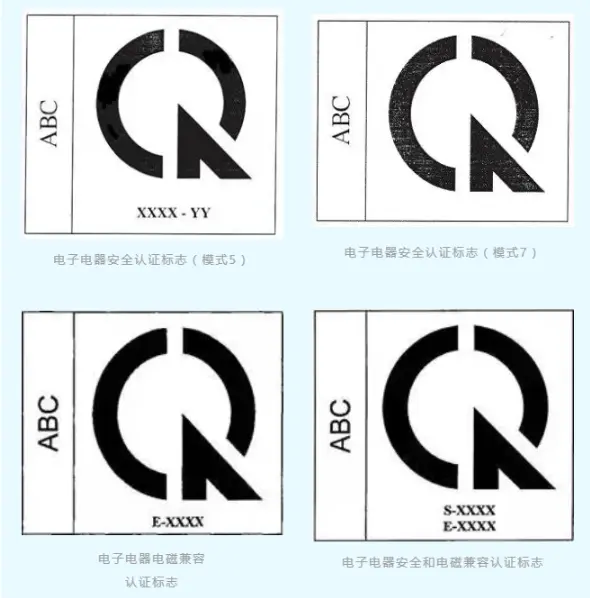
EMC Regulations
QCVN 9: 2012/BKHCN – National Technical Regulation on Electromagnetic Compatibility (EMC) of Electrical and Electronic Equipment
11/2012/TT-BKHCN – Implementation guidelines for EMC regulation on household and similar appliances
CR Certification Models
Model 5: Factory audit → Product laboratory testing → Certification (valid for 3 years)
Model 7: Batch product safety certification → Batch certification (valid for 3 years)
Model 1: Product laboratory testing → emc certificate of Conformity (valid for 3 years)
Marking Requirements
The technical regulations specify the requirements for the CR Mark, which must be affixed to the product or its packaging. The mark must be clear and durable. The left side shows “QUACERT” (the certification body), while the bottom right displays the certificate number “XXXX” and the last two digits of the certification year “YY”. The CR mark must have equal length and width, uniform color, and contrast clearly with the background.
Email:hello@jjrlab.com
Write your message here and send it to us
 FCC Certification for Automatic Parking Radar Sens
FCC Certification for Automatic Parking Radar Sens
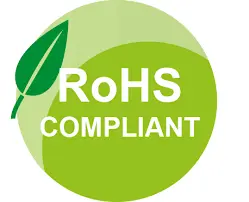 Temu Europe Station CE-RoHS Compliance
Temu Europe Station CE-RoHS Compliance
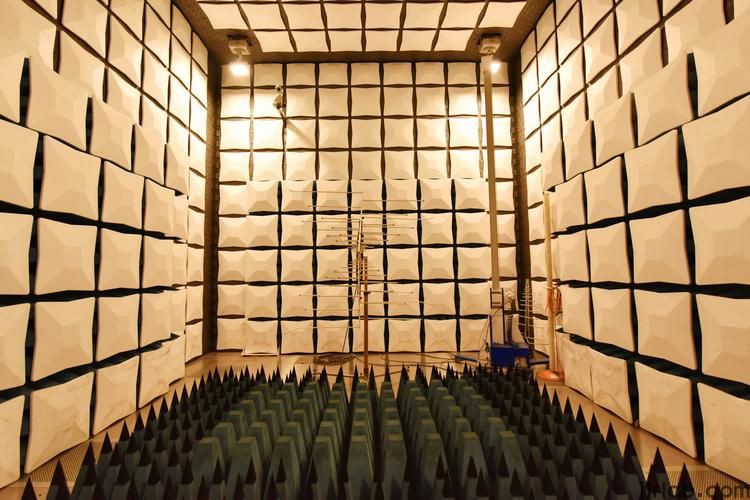 FCC ID Certification and SDoC Compliance
FCC ID Certification and SDoC Compliance
 Export Certification and Compliance for Lighting F
Export Certification and Compliance for Lighting F
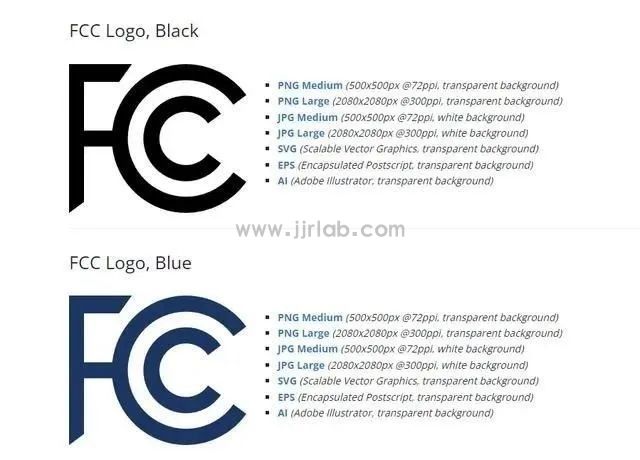 FCC Certification Resumes Issuance
FCC Certification Resumes Issuance
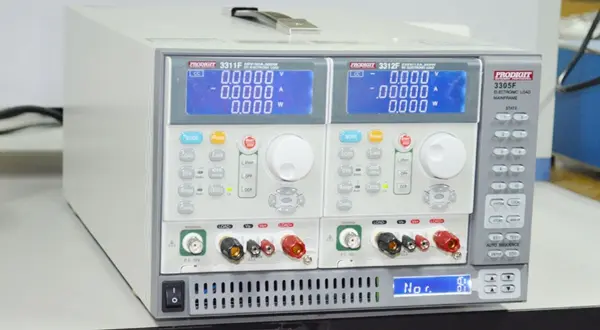 Electrical Toy Safety Certification EN 62115 EMC T
Electrical Toy Safety Certification EN 62115 EMC T
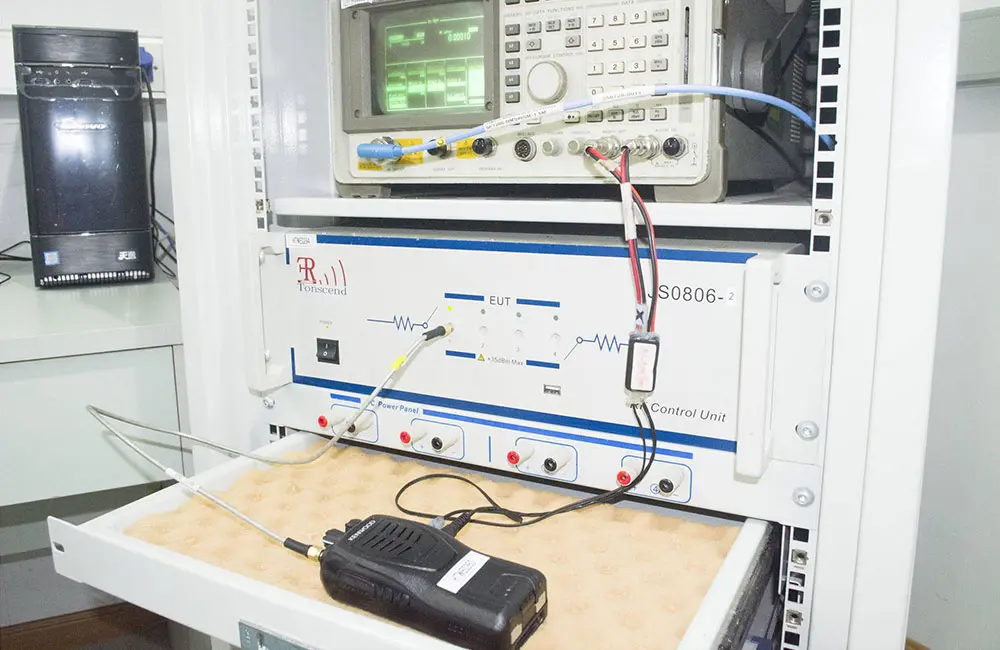 What is the UL 62368 Test Standard?
What is the UL 62368 Test Standard?
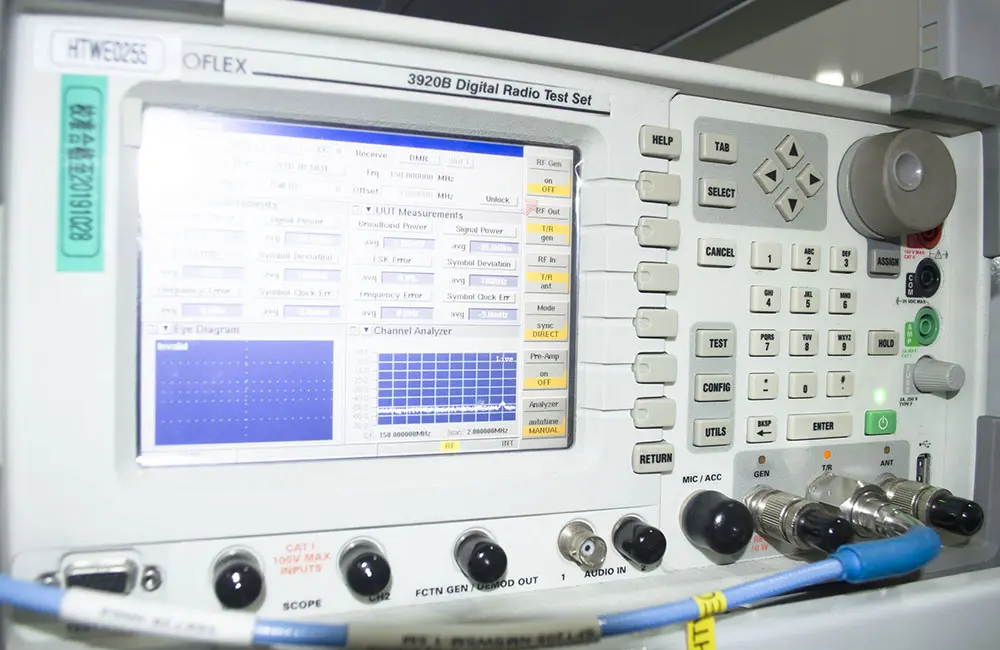 Is CISPR 32 the same as EN 55032?
Is CISPR 32 the same as EN 55032?
Leave us a message
24-hour online customer service at any time to respond, so that you worry!




